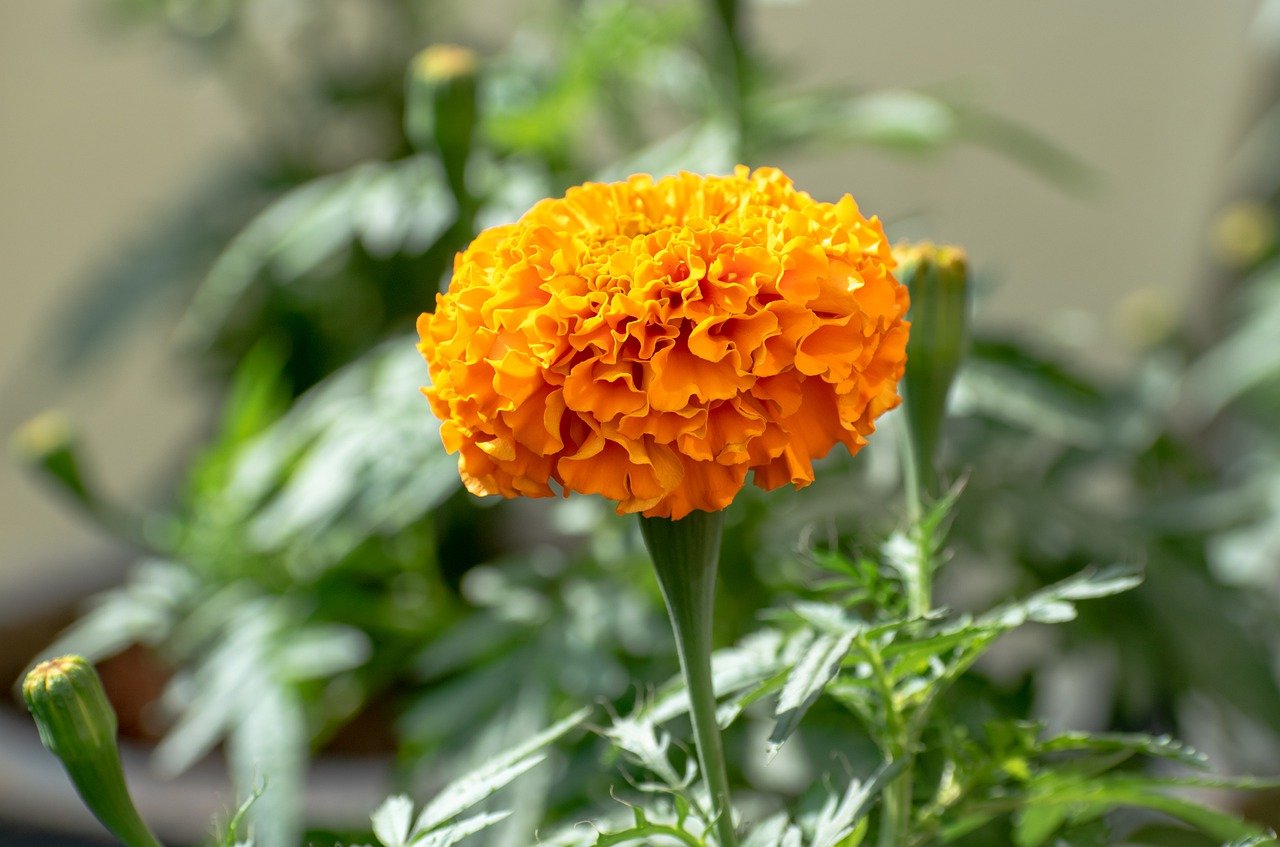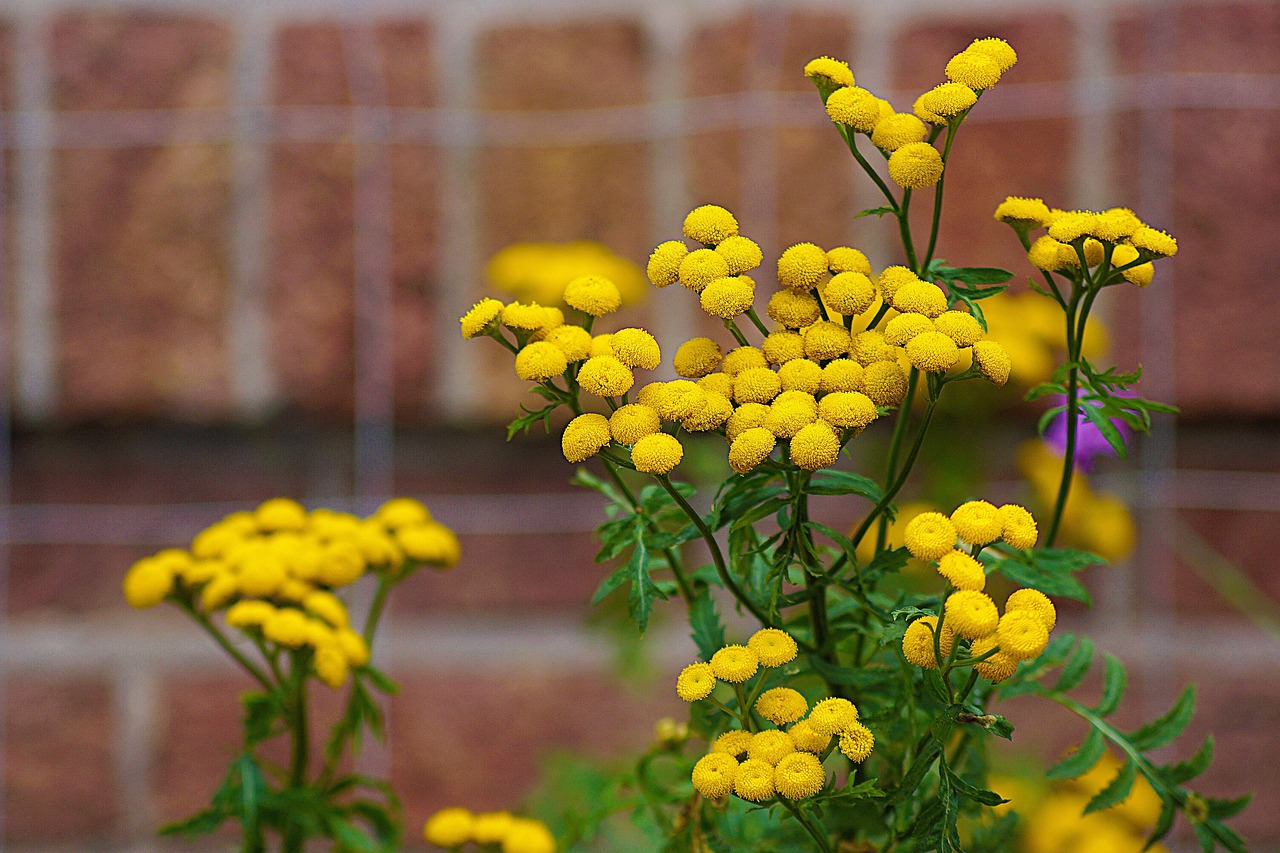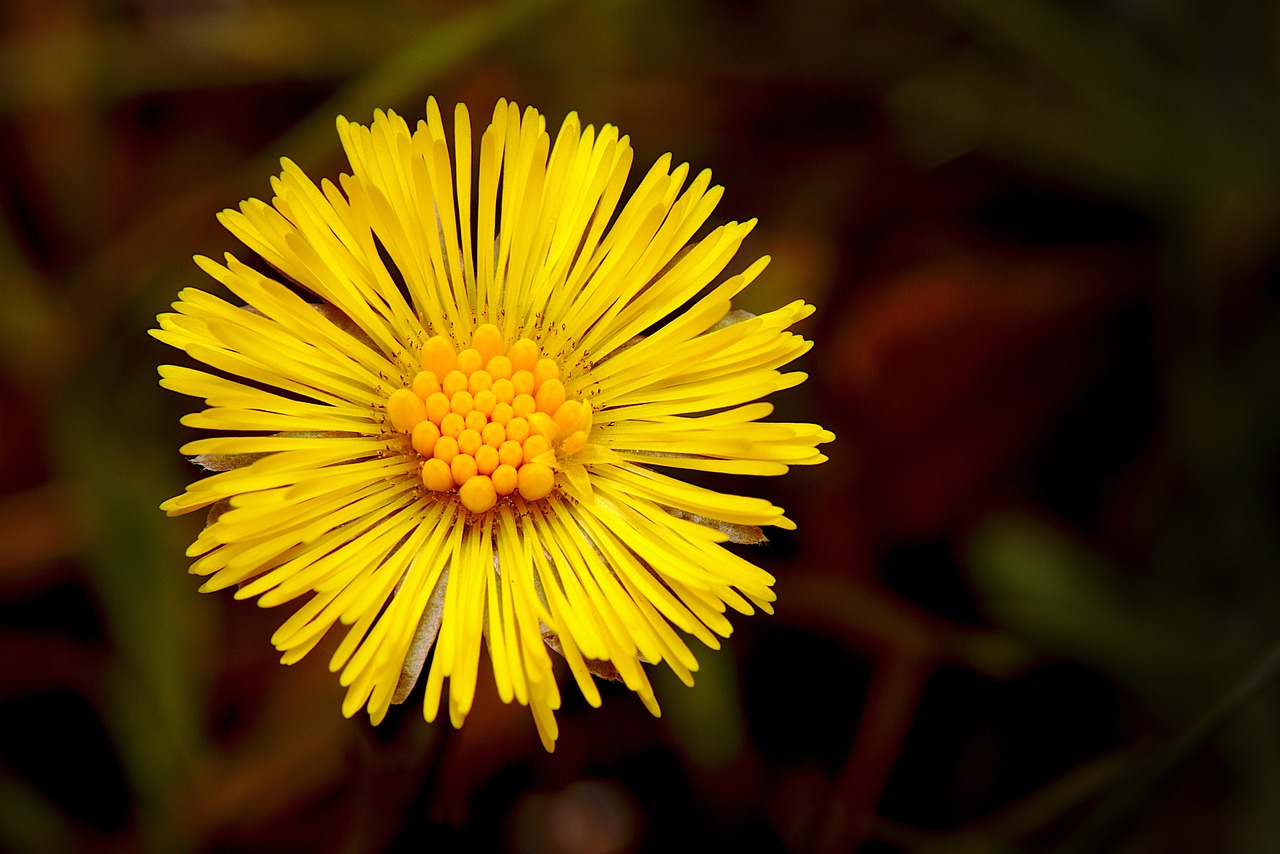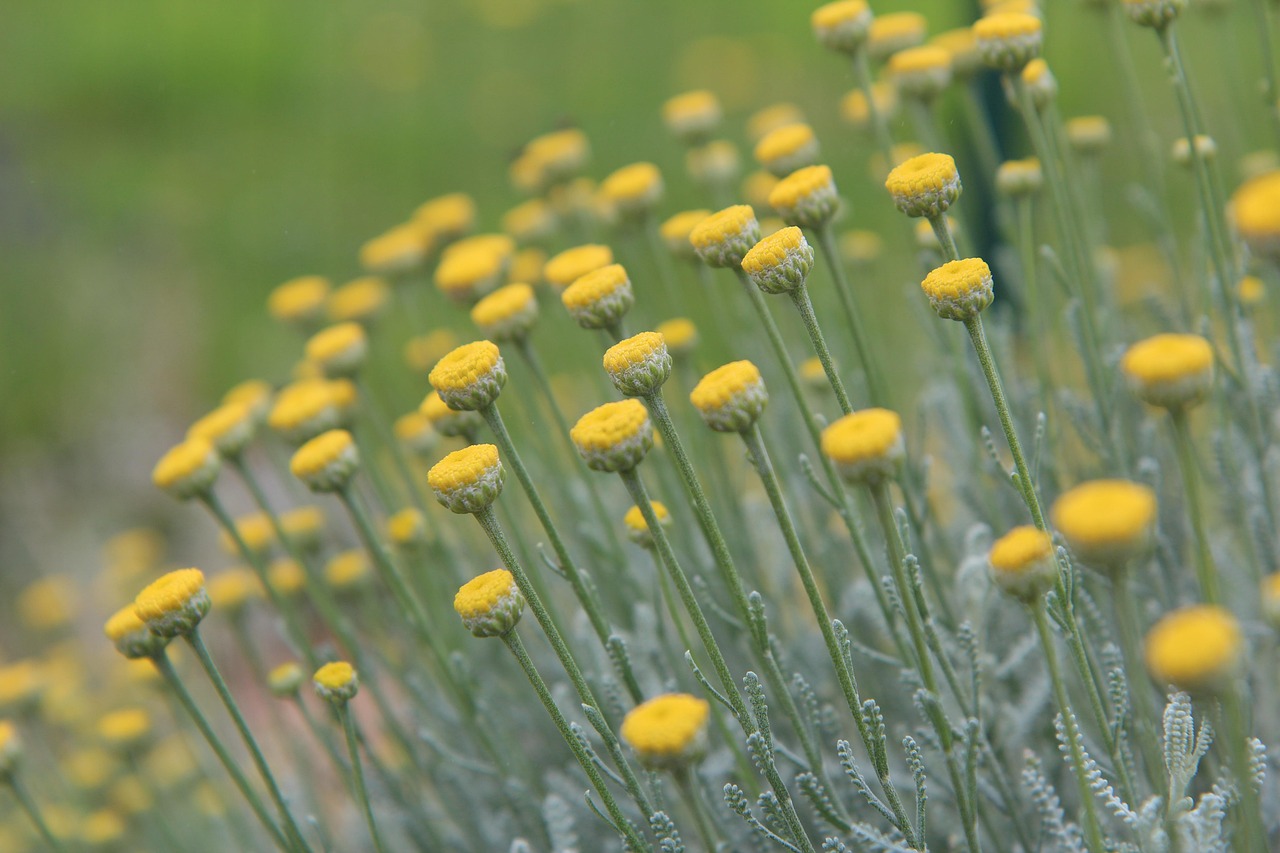Curry Plant | A Fragrant Symbol of Eternity in the Ancient Mediterranean World
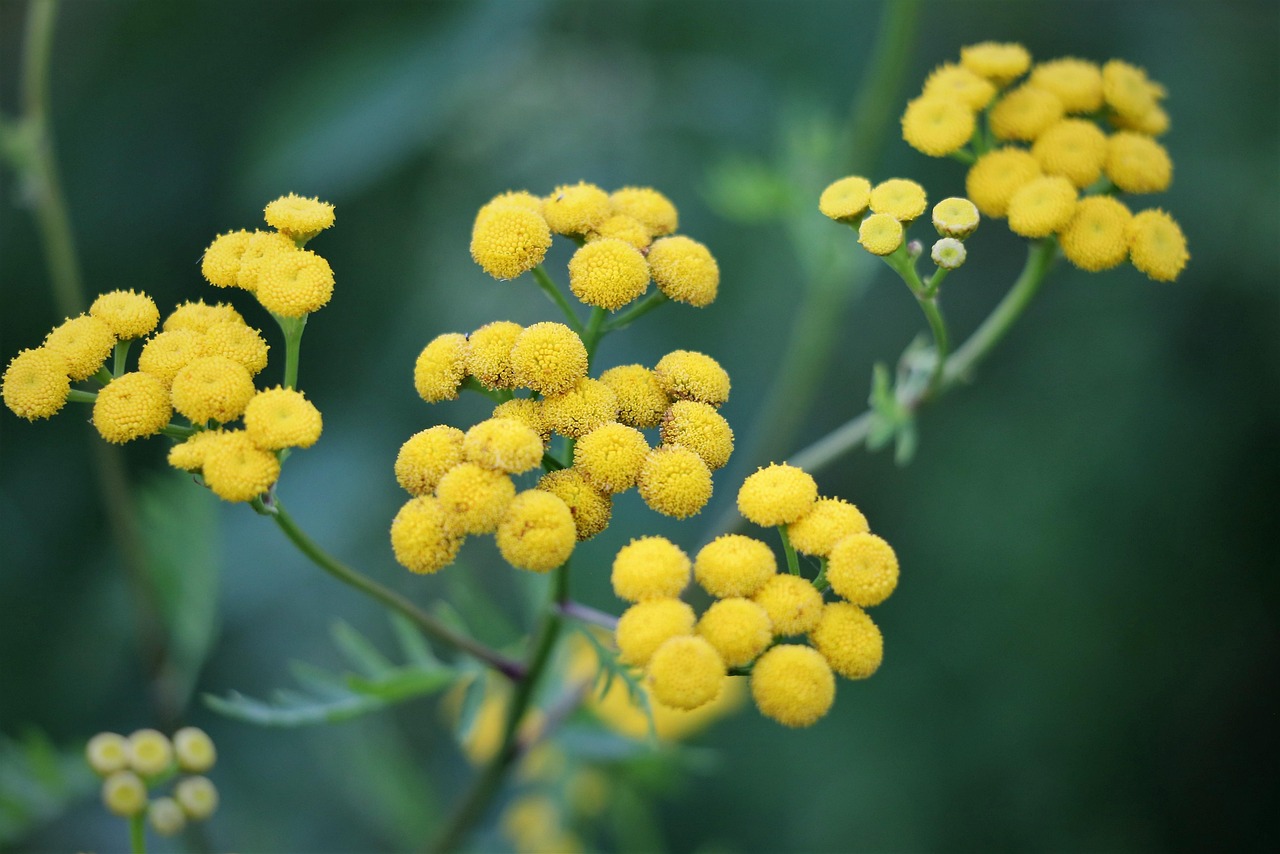
I introduce the curry plant, a perennial herb distinguished by its silvery-white leaves and clusters of small yellow flowers.
Its name comes from the spicy fragrance of its leaves, which resembles curry, although it is a completely different species from the culinary curry leaf.
Native to the Mediterranean coast, the curry plant is highly resistant to drought and valued as a striking accent in gardens and flower beds thanks to its fragrance and unique appearance.
In this article, I will share the essential information, cultural background, historical episodes, and cultivation tips for the curry plant.
Basic Information
- Scientific name: Helichrysum italicum
- Family: Asteraceae
- Origin: Mediterranean coastal regions
- Appearance: Narrow silvery-white leaves grow densely, producing clusters of small yellow flowers from early to mid-summer. The leaves emit a distinctive fragrance, making the plant enjoyable both visually and aromatically.
- Blooming season: June to August
Cultural Features Around the World
The curry plant is cherished mainly in Europe for its unique fragrance and silvery foliage.
In France and Italy, it has been widely used in dried flower arrangements and potpourri, serving as an indoor decoration that brings fragrance into the home.
Its silver leaves reflect sunlight beautifully, making it a popular choice in southern European rock gardens and as a border plant.
Because of its aromatic qualities, the plant is also often included in aromatic gardens, where it delights both sight and smell.
For these reasons, the curry plant has become highly appreciated among those who enjoy creating distinctive and expressive gardens.
Historical Episodes
The curry plant belongs to the genus Helichrysum, known in the ancient Mediterranean world as the “immortal flower.”
Because its blooms retain their shape and color even after drying, these flowers were used in wreaths and decorations in ancient Greece and Rome.
In medieval Europe, the plant was believed to ward off evil spirits and disease, and was commonly planted around homes and churches.
In modern times, it has been cultivated in Italian and French gardens as an ornamental plant, admired for its decorative value.
Today, it remains a staple in natural and dry gardens.
Gardening Advice
The curry plant requires little maintenance and offers long-lasting ornamental value. Here are some tips for successful cultivation:
Sunlight
Prefers full sun. Lack of sunlight weakens the fragrance and dulls the leaf color.
Watering
Highly drought-tolerant. Avoid overwatering. In pots, water sparingly only after the soil surface has dried thoroughly.
Soil
Well-drained sandy soil is ideal. Avoid excess moisture to prevent root rot.
Fertilizer
Minimal fertilizer is sufficient. A small amount of slow-release fertilizer in the early growth stage is enough.
Pruning
Light pruning after flowering helps maintain shape and encourages new growth. Remove dead branches in early spring.
Cold resistance
Prefers mild climates but tolerates light frost. In colder regions, keep it in pots and bring indoors during winter.
Conclusion
The curry plant, with its silver foliage and small yellow flowers, is a perennial that can be enjoyed both for its appearance and fragrance.
Native to the Mediterranean, it has long been valued in Europe as an ornamental plant with aromatic qualities.
From ancient times through the Middle Ages, it carried sacred significance, and in modern gardens it is cherished for both decorative and aromatic purposes.
Thanks to its drought tolerance and striking foliage, it makes an excellent choice for gardeners seeking individuality and character. By adding the curry plant to your garden, you can enjoy both fragrance and beauty while enhancing the charm of your outdoor space.

